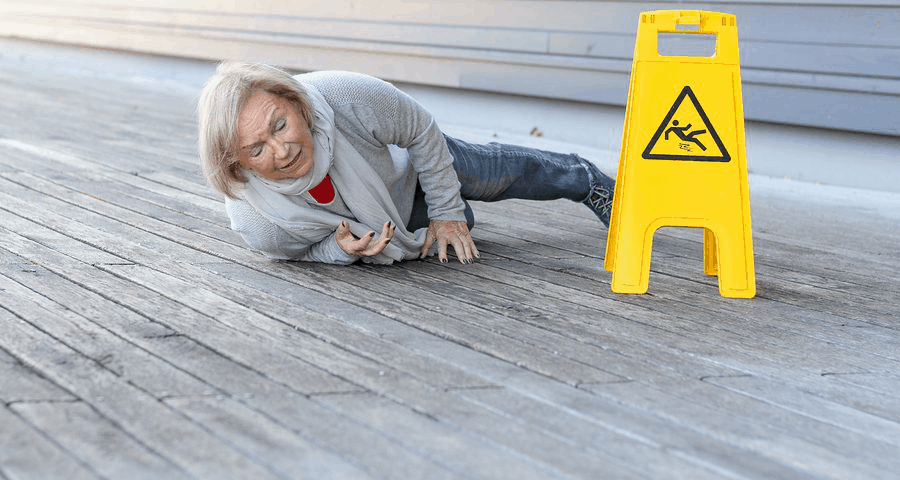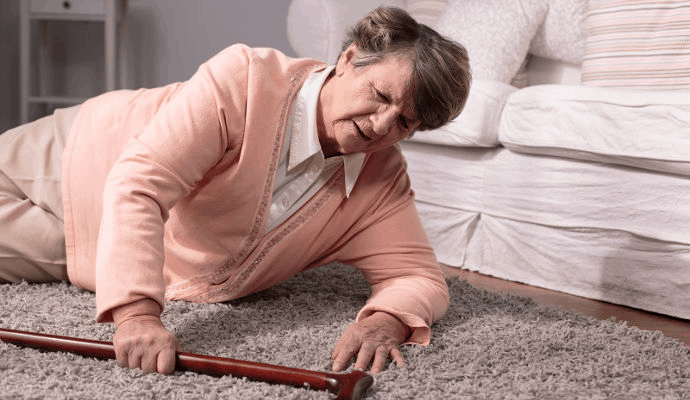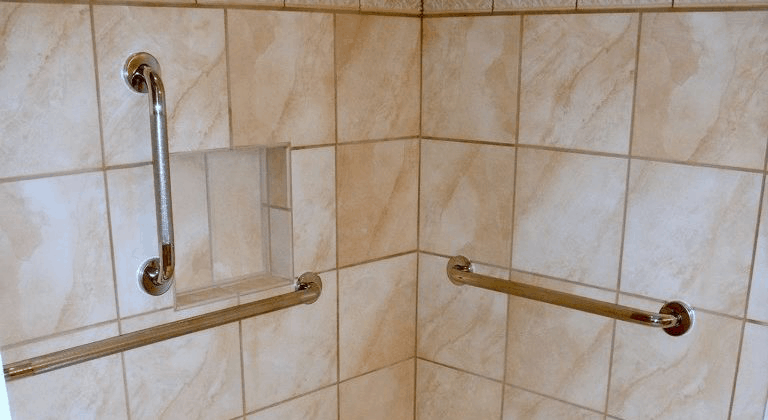Once you’re into your 60s there becomes a lot more to worry about, and you need to take things more seriously if you want to keep your health. Look at falling, for example: each year millions of seniors take a fall, with half of these accidents ending up in the hospital.
But the scariest thing is that more than three quarters of falls happen in the senior’s home, or at least in a close proximity to it – such as in the front yard or garden. If a senior is determined to age in place, then the best thing family members can do is to arm the house with preventive measures. But which rooms are the biggest potential risk?

The fact of the matter is that there are areas of the building that pose a significantly larger threat for an elderly resident. The bathroom is often the main suspect, but there can be common problems to overcome throughout the house. As such we’ve decided to rank the different rooms, and offer some advice on how to make them safer for seniors.
Falling while climbing the stairs is the most horrifying experience a senior could have. Still, it only appears at the bottom of this list for two reasons: first, most seniors move to a smaller, single-story building when they decide to live their golden years independently, and the primary reason is to avoid the struggle of climbing the stairs entirely. But even a multi-story house can be made safer by installing a stairlift.
A data survey on home-related falls shows that 10% of accidents happen in the hallways. This might seem a minuscule number, but the consequences can be dire. Hallways are often badly lit and cluttered with unnecessary objects like shoes, slippers and rugs.

When a senior goes on a nightly trip to the bathroom, the chances are high they might trip over something in the dark and perhaps hit their head. A good way to avoid such a fate is to install bright motion-activated lights all throughout the hallway, while the elderly person should remember to wear their glasses, even for a small bathroom break.
According to the survey, almost every fifth fall occurs in the kitchen. The reason is simple: while cooking and serving food, the senior’s hands are obviously full. Because of this their balance is affected, and they are unable to catch themselves if they lose their balance nor can they soften the impact. Preparing the meal also involves a number of safety hazards. Fire is one thing, but if the elderly person is becoming forgetful then they could end up leaving the stove on, which could cause CO poisoning.

Even if a senior is a true master in the kitchen, the room should always be equipped with environment sensors (both smoke and CO detectors), as well as some kind of fire extinguishing spray to quickly combat any flames. If the senior regularly creates such accidents then convince them to order their daily meal instead.
Both of these areas were reported to claim 30% of elderly falls. Shortly after waking up the aging body is still stiff, which makes even the action of leaving the bed a health hazard. Luckily the senior can grab onto the bedframe or the cupboard to stabilize themselves, which is why most falls in the bedroom have less painful outcomes.

Living rooms, on the other hand, typically pose numerous dangers. Just think about all the chores seniors must do: vacuuming, dusting the shelves, packing stuff away and moving small furniture. Despite the fact that landing on a soft carpet will reduce the impact, the elderly residents can still hit their head on the edge of a table. To avoid an emergency where an injured senior is unable to call for help, subscribe to a medical alert system that comes with a fall detection pendant.
Bathrooms ranked below the kitchen in the data survey, but we decided to make it our number one most dangerous room for seniors in terms of falling. Why? Because collapsing in the bathroom has a higher chance of hospitalizing the elderly person. Landing on the hard tile floor or hitting the porcelain toilet with a limb could easily result in a broken bone, or even worse.

Luckily there is a long list of safety products that could protect the elderly. Grab bars on the bathtub wall and next to the toilet are must-haves, as are non-skid mats. Adding a shower bench also makes the senior’s life easier. And make sure they don’t forget to wear the medical alert help button while showering, since it’s waterproof.
Share your thoughts, ask questions, and connect with other users. Your feedback helps our community make better decisions.
©2012-2025 Best Reviews, a clovio brand –
All rights
reserved